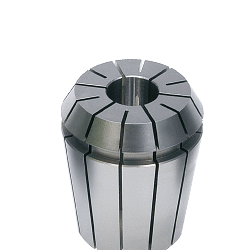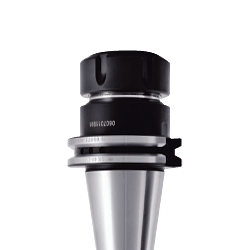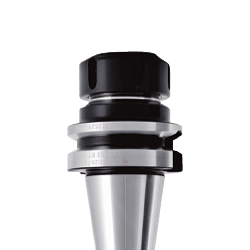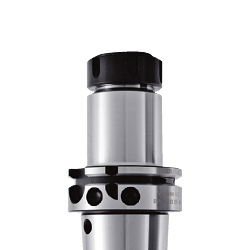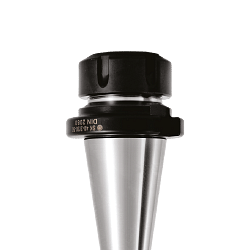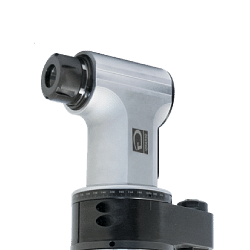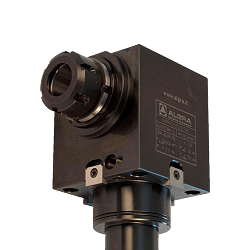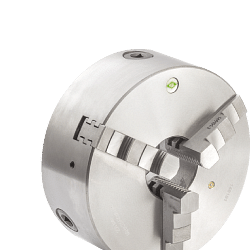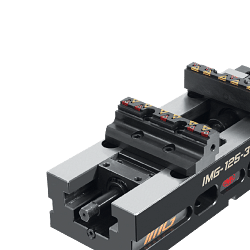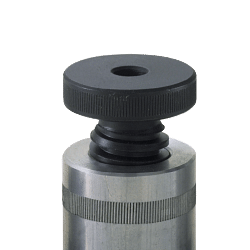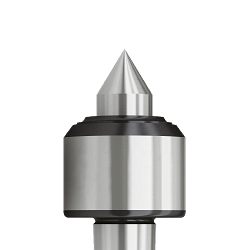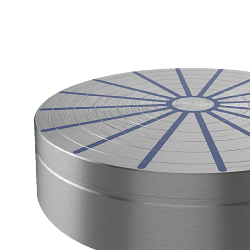Register and use the discount code NEWWELCOME to get 10% off on your first purchase. GET DISCOUNT.
Register and use the discount code NEWWELCOME to get 10% off on your first purchase. GET DISCOUNT.
Register and use the discount code NEWWELCOME to get 10% off on your first purchase. GET DISCOUNT.
Free shipping in 24h from 200€
Catalogues
Customer service
How can we help you?
- Faq
- Customer service
02.927371
- Supporting big orders
02.38298620
-
info@linkindustrialtools.it
- Request assistance with form
Or contact us with the chat in the lower right corner
- All products
 Integral cutting tools
Integral cutting tools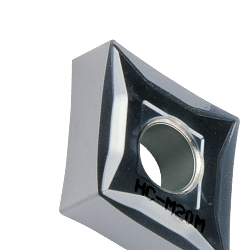 Turning tools
Turning tools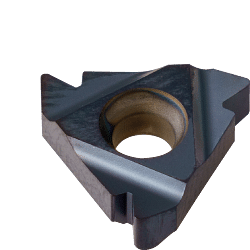 Thread tools
Thread tools Thread tools
Thread tools- All products
- Thread inserts
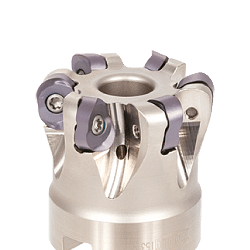 Milling cutters
Milling cutters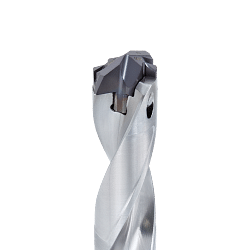 Drilling tools
Drilling tools Drilling tools
Drilling tools- All products
- Indexable drill bits
- Indexable drill heads
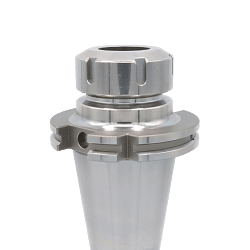 Clamping systems
Clamping systems Measuring and precision tools
Measuring and precision tools Measuring and precision tools
Measuring and precision tools- All products
- Digital calipers with readings to 0.01
- Analogue calipers
- Digital micrometers
- Analogue micrometers
- Bore gauges
- Snap gauges
- Digital gauges
- Analogue gauges
- Touch probes
- Zero setters and edge finders
- Inspection plates
- Altimeters
- Height gauges
- Squares and levels
- Threaded rings
- Gauge blocks
- Calibrated tapes and thickness gauges
- Digital and analogue hardness testers
- Roughness testers
- Microscopes, lenses and visors
- Digital thermo-hygrometer to measure moisture
- Reset benches
- Optical profile projector
- Professional, digital dynamometers
- Laboratory scales
- Digital amperometric pliers
- Thickness and adhesion gauges
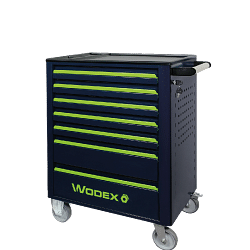 Hand tools
Hand tools Hand tools
Hand tools- All products
- Combination wrenches
- Spanners
- Hook wrenches
- Tubular wrenches
- Hexagon keys
- Torx wrench
- Socket wrenches
- Screwdrivers
- Torque wrenches
- Torque screwdriver
- Inserts and bits for screw drivers
- Tool trolleys
- Workshop pliers
- Wire strippers
- Cable strippers
- Cutting nippers
- Professional scissors
- Nippers
- Professional shears
- American or Swedish pipe wrench
- Adjustable wrench
- Pipe tools
- Pipe cutter for plumber
- Cutter
- Hacksaws
- Deburring tools
- Chisels
- Hammers and mallets
- Mechanical and conical pullers
- Clamps
- Tap wrenches and die stocks
- Riveters
- Flexometers
- Tape measures
- Markers
- Flat squares and rulers
- Professional dividers
- Professional protractors
- Brushes
- Lubricators and spray nozzles
- T-wrenches
- Reversible ratchets
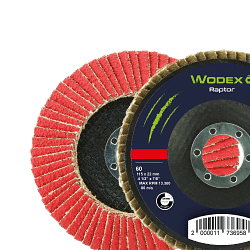 Abrasives
Abrasives Abrasives
Abrasives- All products
- Cutting discs
- Deburring grinding wheel
- Flap discs
- Fabric discs for surface treatment
- Abrasive fibre discs with Velcro
- Abrasive cloth in rolls, sheets and bands
- Flap wheels with pin and abrasive wheel with hole
- Abrasive wheels for buffing machines
- Abrasive spiral bands
- Abrasive brushes
- Flexible sanders
- Mounted grinding discs
- Polishing felt
- Solid carbide rotary cutters
- HSS rotary cutters
- Abrasive wheels for sharpening and grinding
- Diamond grinding wheels
- Grinding stone
- Diamond paste
- Abrasive stones
- Files and rasps
- Diamond files
- Grinders and polishing equipment
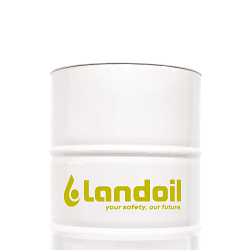 Lubricants for machine tools
Lubricants for machine tools Lubricants for machine tools
Lubricants for machine tools- All products
- Water-miscible coolants
- Neat cutting oil
- Minimal lubrication systems
- Oil for guides and slides
- Drums of hydraulic oil fluid
- Anti-freeze for machine tools
- Air coolers
- Oil separator
- Powders and absorbents for oil
- Aspirators for oil mist
- Accessories for cooling lubricants
- Metal and mould protectors
- Grease and paste
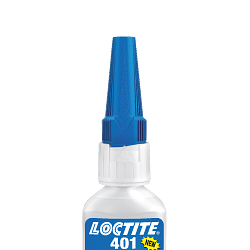 Chemical, adhesives and sealants
Chemical, adhesives and sealants Chemical, adhesives and sealants
Chemical, adhesives and sealants- All products
- Acrylic, cyanoacrylate and epoxy adhesives
- Guns and silicon sealant
- Threadlocker
- Sealants and retainers
- Release agents, lubricants and anti-seize
- Zinc spray and polishes
- Lubrication accessories
- Protections for maintenance
- Industrial Cleansing
- Handwash
- Industrial cloths and rags
- Welding machines
- Electrodes
- Clamps, shields and welding masks
- Antispatter
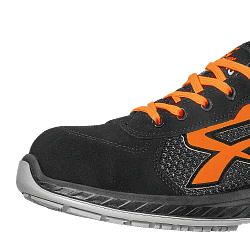 Safety equipment
Safety equipment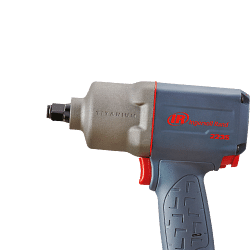 Pneumatics
Pneumatics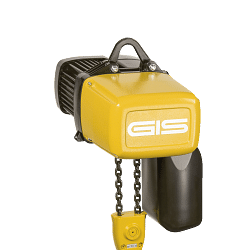 Lifting systems
Lifting systems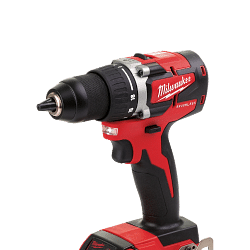 Workshop equipment
Workshop equipment Workshop equipment
Workshop equipment- All products
- Column and bench drills
- Accessories for lathes
- Band saws
- Cut-off machines
- Bench grinders
- Power tools
- Spare parts and accessories for Power Tools
- Saws and hole cutters: wood, metal and plasterboard
- Tapered cutters for sheet metal
- Industrial aspirators
- Fume aspirators
- Bench vices
- Technical lamps
- LED torches
- Industrial cable winders
- Trolley wheels
- Quick clamps
- Threaded inserts
- Control knobs
- Packaging accessories and material
- Belt sanders
- Electric tapping machines
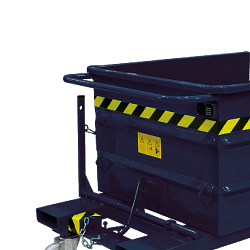 Furnishings and storage
Furnishings and storage Furnishings and storage
Furnishings and storage- All products
- Work benches
- Swivel chairs for office use
- Drawer units for workshops
- Industrial cabinets for warehouses and workshops
- Tool cabinets
- Security cabinets
- Changing room cabinets
- Containers for small metal parts
- Scrap holders
- Workshop trolleys
- Spill pallets for drum storage
- Shelves for warehouses and offices
- Cantilever shelving
- Aluminium ladders
- Modular plinths
- Units and cabinets for waste recycling
 Brand
BrandPromotions
 Bestseller
Bestseller- Catalogues
-
Catalogues
Customer service
How can we help you?
- Faq
- Customer service
02.927371
- Supporting big orders
02.38298620
-
info@linkindustrialtools.it
- Request assistance with form
Or contact us with the chat in the lower right corner
< Clamping systems
- Home
- Clamping systems
- Live centers
Live centers
Tailstocks are essential components in the world of machine shops, tools that, although they may seem simple, play a crucial role in ensuring precision and stability during machining operations. These devices, mainly used in lathes, are designed to support the workpiece, reducing vibration and improving the quality of the final product. In this in-depth look, we will explore in detail what tailstocks are, how they are used, the advantages they offer and answer some of the most frequently asked questions on this topic.
Understanding tailstocks: a technical introduction
Tailstocks are mechanical devices that are mounted on machine tools, such as lathes, to provide support for the workpiece. They consist of a cylindrical body ending in a conical tip, designed to fit into an existing hole in the workpiece. This support is essential to keep the workpiece stable during rotation, reducing vibration and improving the accuracy of cutting operations.
Operation and use of tailstocks
The operation of tailstocks is relatively simple but extremely effective. During machining, the workpiece is mounted between the spindle and the tailstock. The tailstock is adjusted to exert adequate pressure on the workpiece, keeping it stationary and centred. This is especially important when machining long or thin workpieces, which could bend or vibrate without proper support.
Tailstocks can be fixed or rotating. Fixed tailstocks are static and do not rotate with the workpiece, while rotating tailstocks have bearings that allow them to rotate with the workpiece, reducing friction and heat generated during machining.
Advantages of using tailstocks in machine shops
The use of tailstocks offers numerous advantages in turning operations. First of all, they improve the stability of the workpiece, reducing vibrations that can compromise cutting precision. This results in a higher quality surface finish and tighter dimensional tolerances.
In addition, tailstocks allow longer and thinner workpieces to be machined that would otherwise be difficult to handle. This expands the workshop's production capabilities, allowing it to tackle a wider range of projects.
Another significant advantage is the reduction in tool wear. Excessive vibration can cause premature wear of cutting tools, but with the use of tailstocks, this problem is significantly reduced, extending tool life and reducing operating costs.
Frequently asked questions about tailstocks
1. What is the difference between a fixed tailstock and a rotating tailstock?
The main difference lies in the movement. Fixed tailstocks do not rotate with the workpiece, whereas rotating tailstocks are designed to rotate with the workpiece, thanks to internal bearings. This reduces friction and heat, making rotating tailstocks ideal for high-speed machining.
2. How do I choose the right tailstock for a specific application?
The choice of tailstock depends on several factors, including the type of workpiece material, machining speed and workpiece size. It is also important to consider the type of machining to be performed and the required tolerances.
3. Do tailstocks require maintenance?
Yes, tailstocks require regular maintenance to ensure optimal performance. This includes cleaning the bearings in rotating tailstocks and checking alignment and pressure on the workpiece.
Conclusion: the importance of tailstocks in turning operations
In conclusion, tailstocks are indispensable tools in machine shops, essential for ensuring precision and quality in turning operations. Their ability to support the workpiece, reduce vibration and improve surface finish makes them a valuable investment for any workshop wishing to optimise its operations and improve the quality of its products. With proper selection and maintenance, tailstocks can contribute significantly to the success of machining operations.
Read More Read LessUnderstanding tailstocks: a technical introduction
Tailstocks are mechanical devices that are mounted on machine tools, such as lathes, to provide support for the workpiece. They consist of a cylindrical body ending in a conical tip, designed to fit into an existing hole in the workpiece. This support is essential to keep the workpiece stable during rotation, reducing vibration and improving the accuracy of cutting operations.
Operation and use of tailstocks
The operation of tailstocks is relatively simple but extremely effective. During machining, the workpiece is mounted between the spindle and the tailstock. The tailstock is adjusted to exert adequate pressure on the workpiece, keeping it stationary and centred. This is especially important when machining long or thin workpieces, which could bend or vibrate without proper support.
Tailstocks can be fixed or rotating. Fixed tailstocks are static and do not rotate with the workpiece, while rotating tailstocks have bearings that allow them to rotate with the workpiece, reducing friction and heat generated during machining.
Advantages of using tailstocks in machine shops
The use of tailstocks offers numerous advantages in turning operations. First of all, they improve the stability of the workpiece, reducing vibrations that can compromise cutting precision. This results in a higher quality surface finish and tighter dimensional tolerances.
In addition, tailstocks allow longer and thinner workpieces to be machined that would otherwise be difficult to handle. This expands the workshop's production capabilities, allowing it to tackle a wider range of projects.
Another significant advantage is the reduction in tool wear. Excessive vibration can cause premature wear of cutting tools, but with the use of tailstocks, this problem is significantly reduced, extending tool life and reducing operating costs.
Frequently asked questions about tailstocks
1. What is the difference between a fixed tailstock and a rotating tailstock?
The main difference lies in the movement. Fixed tailstocks do not rotate with the workpiece, whereas rotating tailstocks are designed to rotate with the workpiece, thanks to internal bearings. This reduces friction and heat, making rotating tailstocks ideal for high-speed machining.
2. How do I choose the right tailstock for a specific application?
The choice of tailstock depends on several factors, including the type of workpiece material, machining speed and workpiece size. It is also important to consider the type of machining to be performed and the required tolerances.
3. Do tailstocks require maintenance?
Yes, tailstocks require regular maintenance to ensure optimal performance. This includes cleaning the bearings in rotating tailstocks and checking alignment and pressure on the workpiece.
Conclusion: the importance of tailstocks in turning operations
In conclusion, tailstocks are indispensable tools in machine shops, essential for ensuring precision and quality in turning operations. Their ability to support the workpiece, reduce vibration and improve surface finish makes them a valuable investment for any workshop wishing to optimise its operations and improve the quality of its products. With proper selection and maintenance, tailstocks can contribute significantly to the success of machining operations.


